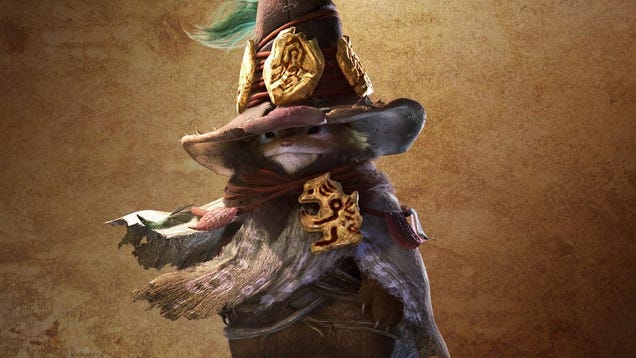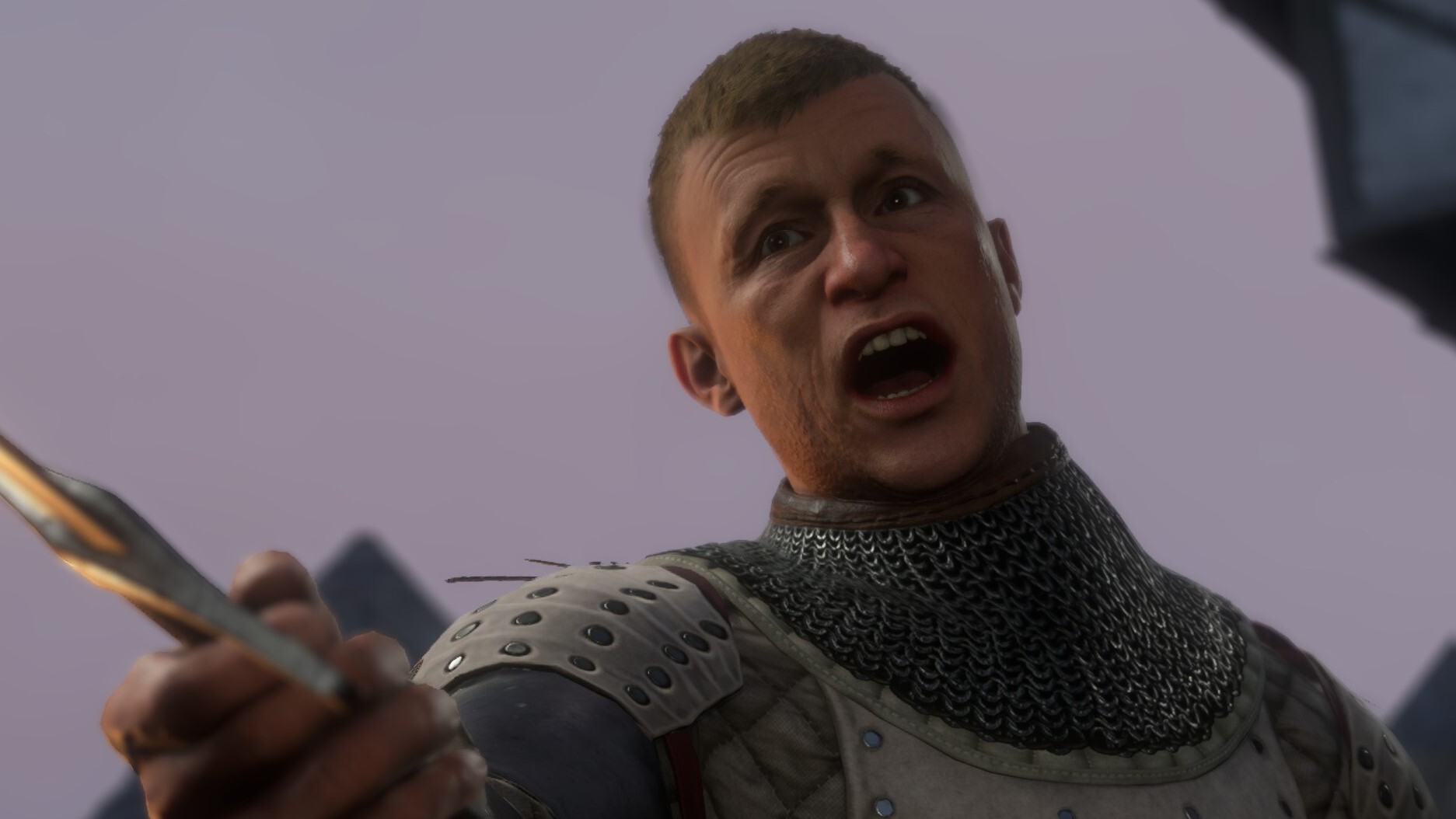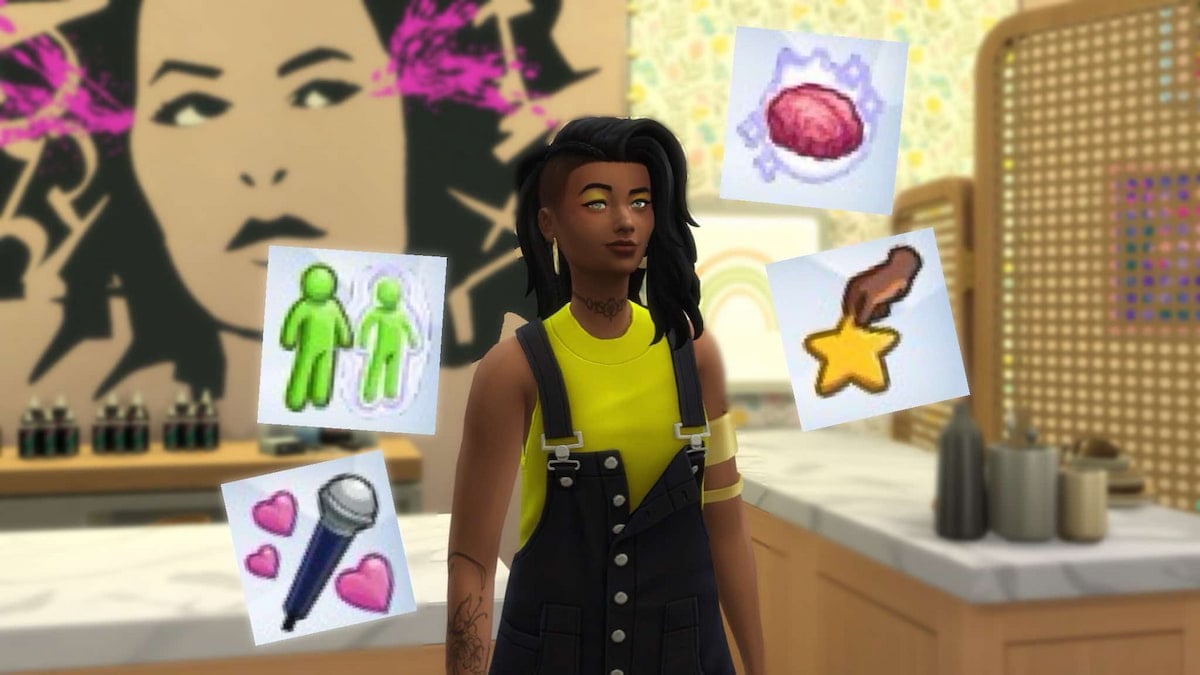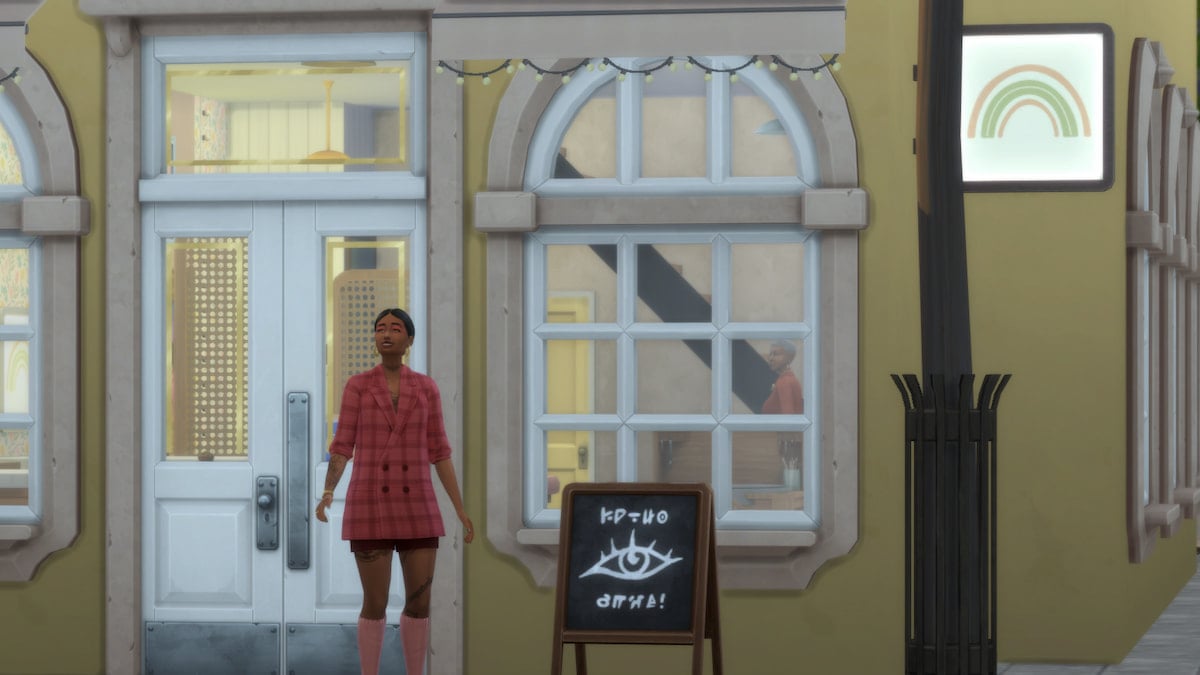
BioWare Reveals All the Ways Dragon Age: The Veilguard Evolves Relationships, and Its Steamiest Romance, Too
As we edge closer to the release of Dragon Age: The Veilguard, there’s been an overwhelmingly positive reaction from those who’ve had the chance to preview the game. An exhaustive character creator, slick combat, and expansive scenery definitely left us excited to get our hands on The Veilguard this October. But if you’re a Dragon Age fanatic you may be wondering about one incredibly vital thing: who do we get to kiss? As part of our continuing IGN First coverage, we sat down with game director Corinne Busche to talk romance and relationships as vital parts of the game.
The Veilguard is a veritable candy shop with different flavors of romance. You want a buff gym rat? Taash. A heroic pet dad? Davrin. An elegant older fellow with an emotional support skeleton? Emmrich, of course. There are seven companions total and, yes, you do get to smooch all of them.
“We really did want to keep them relatable, more grounded. Some of them are quite sensual. Some of them are more physical, some are more romantic, some are more spicy,” says game director Corinne Busche of the variety of the game’s romances, “You may or may not wake up in a coffin.”
Coffins notwithstanding, spicy isn’t new for Dragon Age. Each of the mainline games features romances that often culminate in a sex scene. Inquisition, the most recent game in the series, took the steam to the next level from the underwear-clad liaisons of Dragon Age: Origins and Dragon Age 2. Busche confirmed in a previous conversation with IGN that The Veilguard will features nudity, though we’ve no current knowledge as to the extent of it. The Character Creator provides a couple of hints, including sliders for both breast and bulge size.
There’s sure to be lots to discover in The Veilguard in terms of sex and romance. In a Discord Q&A, Dragon Age Art Director Matt Rhodes responded to questions about wooing Emmrich’s skeletal sidekick Manfred with: “I would say ‘not that skeleton’ but we’re not saying ‘no skeletons.’” Beyond the obvious question – which skeleton in Thedas is single and ready to mingle – it also suggests there may be opportunities for flirtation beyond the seven romanceable companions.
There’s certainly precedent. The Warden had an opportunity to sleep with pirate queen Isabela in Origins before she swashbuckled her way into DA2 as a fully romanceable character. Lace Harding similarly appeared in Inquisition as a character the player could playfully flirt with, Busche explaining to us that the love fans had for her ultimately contributed to her return in The Veilguard. “Players fell in love with her, and we heard them,” Busche says. “I felt like it was kind of a no-brainer for us to bring back Harding.”
As for which romance is the steamiest?
“I’d have to say Taash,” Busche shares [coyly], “When I got to that scene and saw the finished version of that cinematic, I was hollering. Hollering.”
The Veilguard’s romances have a direct impact on progression
In a departure from the romances of Inquisition and Origins, The Veilguard doesn’t lock certain characters based on race or gender. Where characters from past games like Dorian or Alistair have preferences for specific genders, each companion in The Veilguard, like Dragon Age 2, is pansexual per Busche. She also expressed the deliberate choice in making every romanceable character a party member who travels with Rook. Contrast that to the two romanceable advisors of Inquisition, Cullen and Josephine, who remain at Skyhold while the Inquisitor is running around killing things.
“You don’t get to see that fear in their hearts – when you’re literally fighting side by side and maybe you’re about to lose this battle,” she explains, “It just ratchets up the stakes that much more when you’re literally fighting alongside your lover.”
What that can look like in practice is a fandom’s dream: endearments during battle. “I romanced Emmrich,” says Busche,” What I also loved is, as I’m synergizing with him as we’re doing combos, just having him refer to me as ‘my dear’ on the battlefield. ‘Well done, my dear!’ It just fills me with joy every time.”
In fact, the way relationships –platonic or romantic – affect gameplay is totally new for the series. Developing these friendships with the companions obviously contributes to immersive roleplay but there are practical benefits as well. Now an integral part of your crew’s progression, relationship building contributes directly to leveling up companions and unlocking skill points.
“Neve, for instance, has the ability to slow time or heal you right out of the gate,” says Busche, “But if I really get the opportunity to know her, whether it’s platonic or romantic, I’m going to help shape her skills and augment those abilities that work really well with my own personal build.” You may not be taking control of your companions during battle but in building these bonds Rook is better able to harness the particular strengths of each character.
Character screens actually reflect the state of Rook’s relationships. Neve, for instance, starts the game at “Minrathous Contact.” These titles will change as a player’s connections with each of the seven companions deepen, providing insight into the level you’re at with each of them. It’s a clever way of marrying the systems of Inquisition versus Origins and DA2. The earlier two Dragon Age games reflected approval numerically, and DA2 actually implemented a Friendship or Rivalry system that locked a player into whichever one you maxed out first. What that translated to were companions effectively unaffected by major decisions toward the end of the game.
These are realized characters. They might express interest in Rook, and sometimes Rook will initiate. Maybe they initiate with Rook. Maybe you let them down.
Inquisition sought to make relationships feel more organic by hiding any sort of numerical or visual indication of approval level, though that meant you never quite knew where you stood with a character. The Veilguard’s approach to approval systems wants the friendships you forge feel authentic, wants your companions to feel like people with their own internality. In romances, that means they’ll act with their own agency.
“These are realized characters,” says Busche “They might express interest in Rook, and sometimes Rook will initiate. Maybe they initiate with Rook. Maybe you let them down. Maybe you commit to an exclusive romance with another one of the companions.”
Don’t worry about leaving your friends out in the cold if you aren’t interested though. “They will find love in their own ways. Sometimes that means they’ll find love with each other,” Busche explains. “When you make some of the truly gut-wrenching choices and you know that there’s a romantic bond there, it makes those decisions just that much more difficult.”
Relationships remain a cornerstone of BioWare’s RPGs
That hearkens back to one of the cardinal rules guiding romance in The Veilguard: relatability. “We always go back to the tapestry of everyday, relatable life. The various flavors, moods, tendencies that we experience in our own lives,” Busche tells us. “Even though this is a magical realm where fantastic things happen, that thread of being able to relate to and see these experiences that move you […] is very central to us.”
Busche assures us that this doesn’t just pertain to romantic relationships but platonic ones as well. “You’re going to get to know them really well. You’re going to develop trust, understanding. That doesn’t mean you’re always going to agree,” Busche says, “I like to think of relationships not necessarily as how much they like you, but how well you know them.”
The relationships in Dragon Age have long been a cornerstone of the series. Sure, these characters exist as extensions of the protagonist during combat but they’re part of what makes each installment so memorable. Leliana’s struggle with her identity, Fenris’ conflict with Danarius, Cassandra’s vulnerability as the Inquisitor gets to know her. And let’s not forget Solas’ whole deal.
“This is about a found family,” Busche says, “Every family has their squabbles, but this is really about developing your understanding of each member of the Veilguard, and in turn, that’s going to allow them to work better as a team.”
Alyssa Mora is IGN’s Associate Syndication Editor








